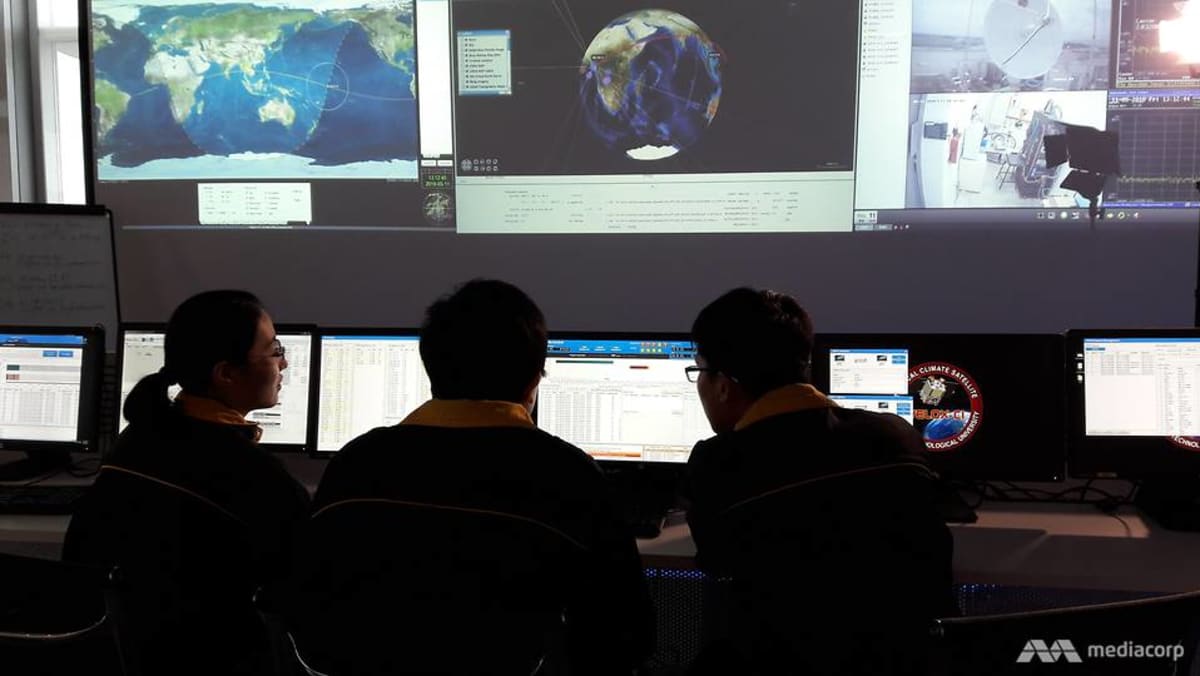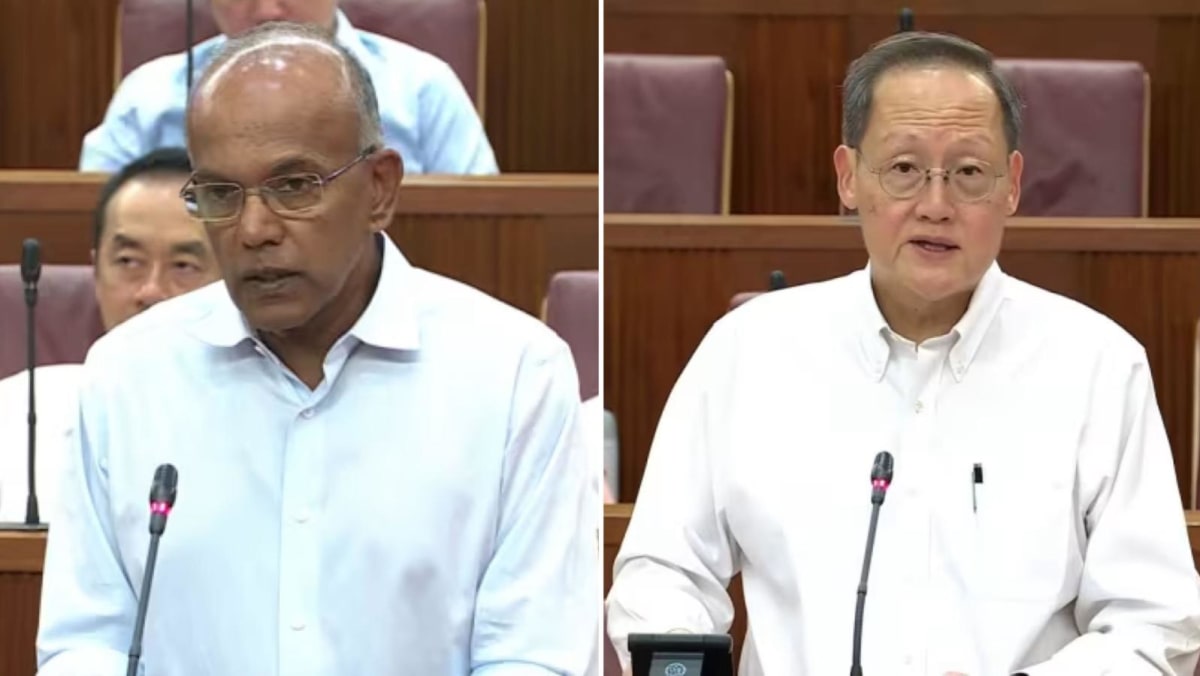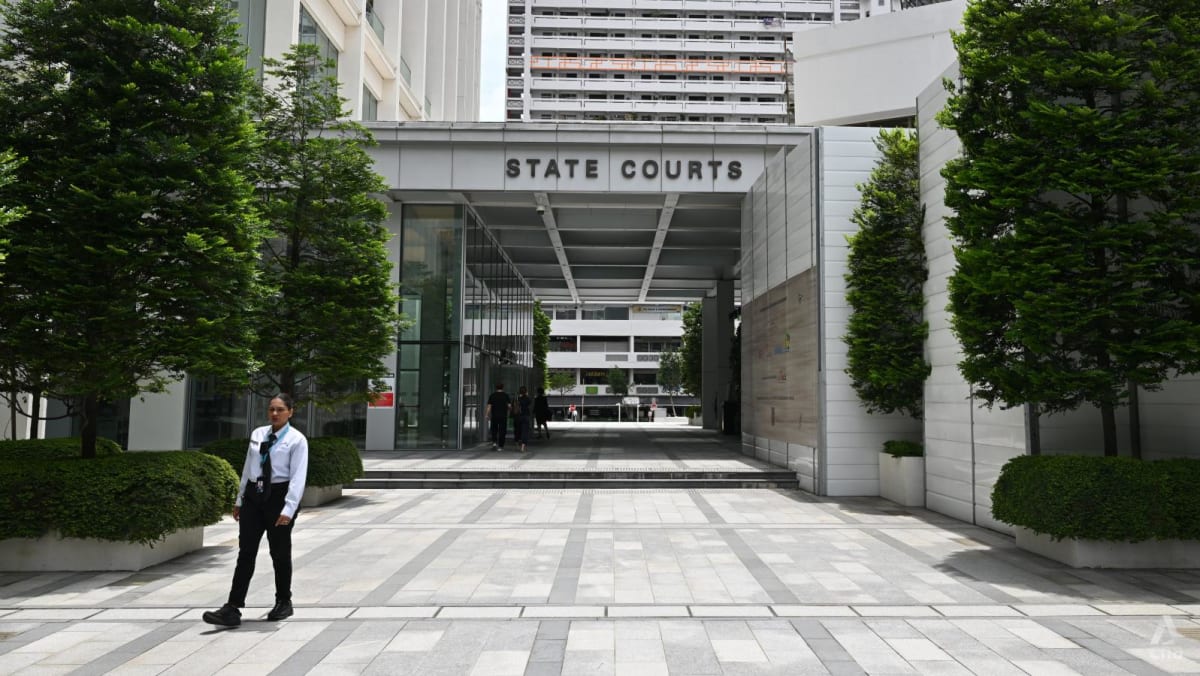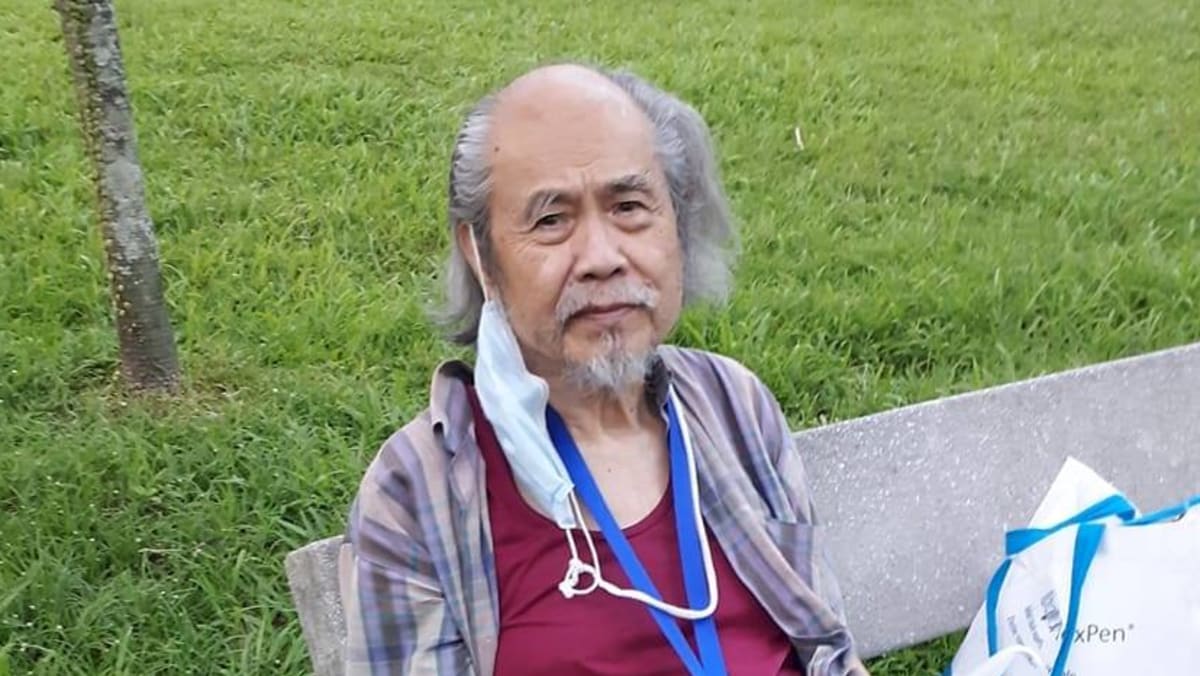SINGAPORE: Singapore has set up a new initiative to solve sustainability and humanitarian challenges in the region using remote sensing satellite technology, the national space office announced on Wednesday (Feb 26).
The Earth Observation Initiative (EOI), led by Singapore’s Office for Space Technology & Industry (OSTIn), will address Asia-Pacific’s issues such as food and water quality, disaster and disease monitoring as well as forestry and land management, the agency said in a press release.
An additional S$60 million (US$44.8 million) will also be invested in OSTIn’s Space Technology Development Programme (STDP) over the next two years, to boost technological innovation and develop Singapore’s space technology ecosystem.
The agency will also work with its foreign counterparts to develop international norms and an open, inclusive and rules-based global regime governing space activities.
These were among the new initiatives to drive Singapore’s push into the nascent space sector, unveiled at the Global Space Technology Convention & Exhibition 2025.
The global space economy is expected to triple in size and reach US$1.8 trillion by 2035, up from US$630 billion in 2023, according to a World Economic Forum report published in April last year.
“Singapore’s space sector is entering a new phase of growth, driven by global developments lowering the cost of space technology and growing real-world needs,” said Economic Development Board (EDB) managing director Jacqueline Poh.
“By leveraging our strengths in business and R&D (research and development), we aim to develop space technologies that can unlock new economic opportunities, reinforcing Singapore’s role in the global space economy.”
FIRST OF ITS KIND
The EOI, the first of its kind in Singapore, is coordinated by OSTIn and aims to use space technologies to make a difference on regional issues.
The 15 partners and members include intergovernmental entities, research institutions and industry players, such as global bodies like the United Nations Office for Outer Space Affairs and World Bank, as well as local players like the Singapore Land Authority and Maritime and Port Authority.
Earth observation technology is a cost-effective way to monitor, manage and mobilise resources by providing comprehensive, real-time data on a wide range of environmental scenarios, OSTIn explained.
“This enables us to track changes in land use, monitor water resources, assess crop health, and predict natural disasters with unprecedented speed and accuracy,” it said.
“The uniqueness of Earth observation lies in its ability to cover vast areas quickly and repeatedly, reducing the need for extensive ground-based data collection and providing valuable insights to inform targeted interventions and policy decisions.”
In established spacefaring regions, such as in the West, Earth observation hubs do exist, but there is a gap in the Asia-Pacific region and in Southeast Asia specifically, said OSTIn executive director Jonathan Hung.
Singapore is well-placed to support the region with frequent and high-resolution data due to its near equatorial and Low Earth Orbit satellite capabilities, the agency said.
Very Low Earth Orbit satellite technologies let satellites operate in orbits closer to Earth for various purposes.
Apart from tackling regional challenges, the initiative also aims to use the data collected to tailor solutions to the Asia-Pacific region’s unique needs, then export them to other regions with similar challenges.
The exchange of knowledge and capacity building is another focus, with workshops, seminars and training sessions held to share insights, best practices and lessons in the field of Earth observation.












